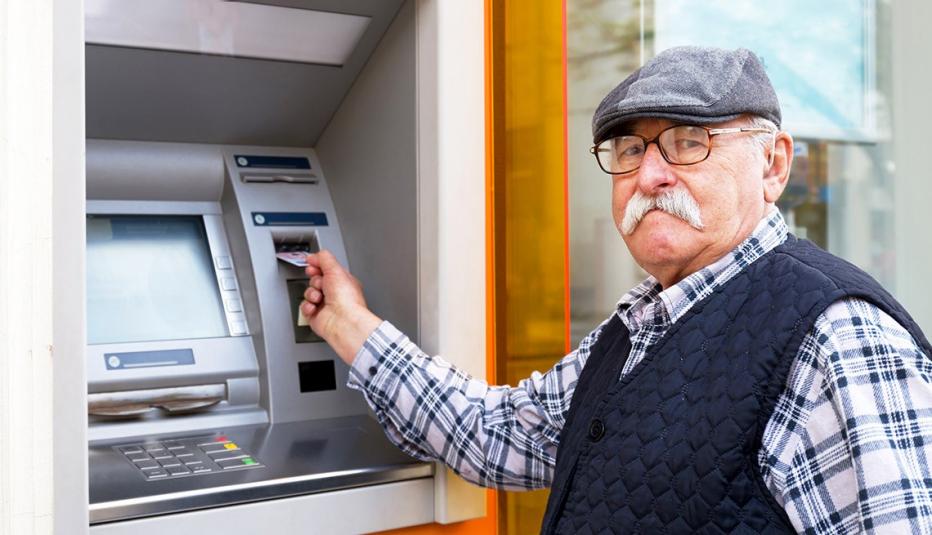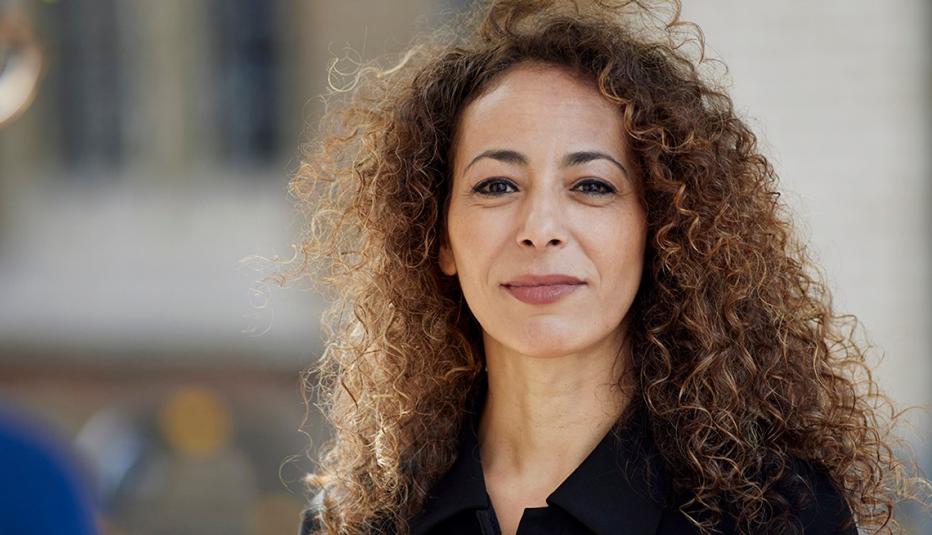AARP Hearing Center
The financial security of older adults varies tremendously from those who have access to bank or credit union accounts, mobile banking, and credit cards to those who may lack bank accounts entirely. COVID-19 is highlighting these gaps and its wake will strain household finances even more as banking practices and available services change.


An estimated 3.5 million households headed by someone age 50 or older had no checking or savings accounts at a bank or credit union in 2017. People give multiple reasons for foregoing bank accounts. Many say they simply do not have enough money to keep in an account, while others cite concerns about fees, privacy, or a basic distrust of banks. But bank accounts are a basic – and critical—financial product. Without an account, consumers may ultimately end up paying twice for the most basic of tasks: first to convert paper checks to cash and again to purchase money orders or pay bills in person.
This fact sheet examines these and other findings from the Federal Deposit Insurance Corporation’s (FDIC’s) 2017 Survey of Unbanked and Underbanked Households regarding account ownership, account access methods, and credit activity for older adults.
When the 3.5 million unbanked older households are combined with older households that have accounts but also use alternative services such as check cashers or payday lenders, it amounts to 14.7 million households 50 and older who are underserved by the financial mainstream. Overall, among households with incomes less than $40,000 annually, two out of every five headed by someone age 50 to 64, and one out of every five headed by someone age 65 or older, are unbanked or underbanked. These trends vary significantly by income, race and ethnicity, and geography. For example, among households headed by someone age 50 to 64, 3 percent of White non-Hispanic households had no bank accounts, while African American/Black non-Hispanic households had unbanked rates more than five and a half times as high, and Hispanic/Latino households more than four times as high.
These major gaps in financial access demonstrate disparities that have become particularly troublesome during the COVID-19 pandemic. Those without bank accounts face added costs, risks, and obstacles in an environment where electronic payments take precedence over cash; those with bank accounts may have limited access to bank tellers, normally the most frequently used account access method for households age 65 and older. Meanwhile, alternative sources of credit run the risk of trapping vulnerable borrowers deeper in debt.
Although the 2017 findings reported in this fact sheet reflect a pre-COVID-19 environment, the potential challenges they illustrate remain relevant—and even more so—to the financial security of older adults during and after the pandemic. An appendix to this fact sheet also provides two tables with state-level data from this survey pertaining to the 50+ population: a table with unbanked and underbanked counts and rates by state, and a table with state-level indicators for major credit cards and high-cost loans.































































